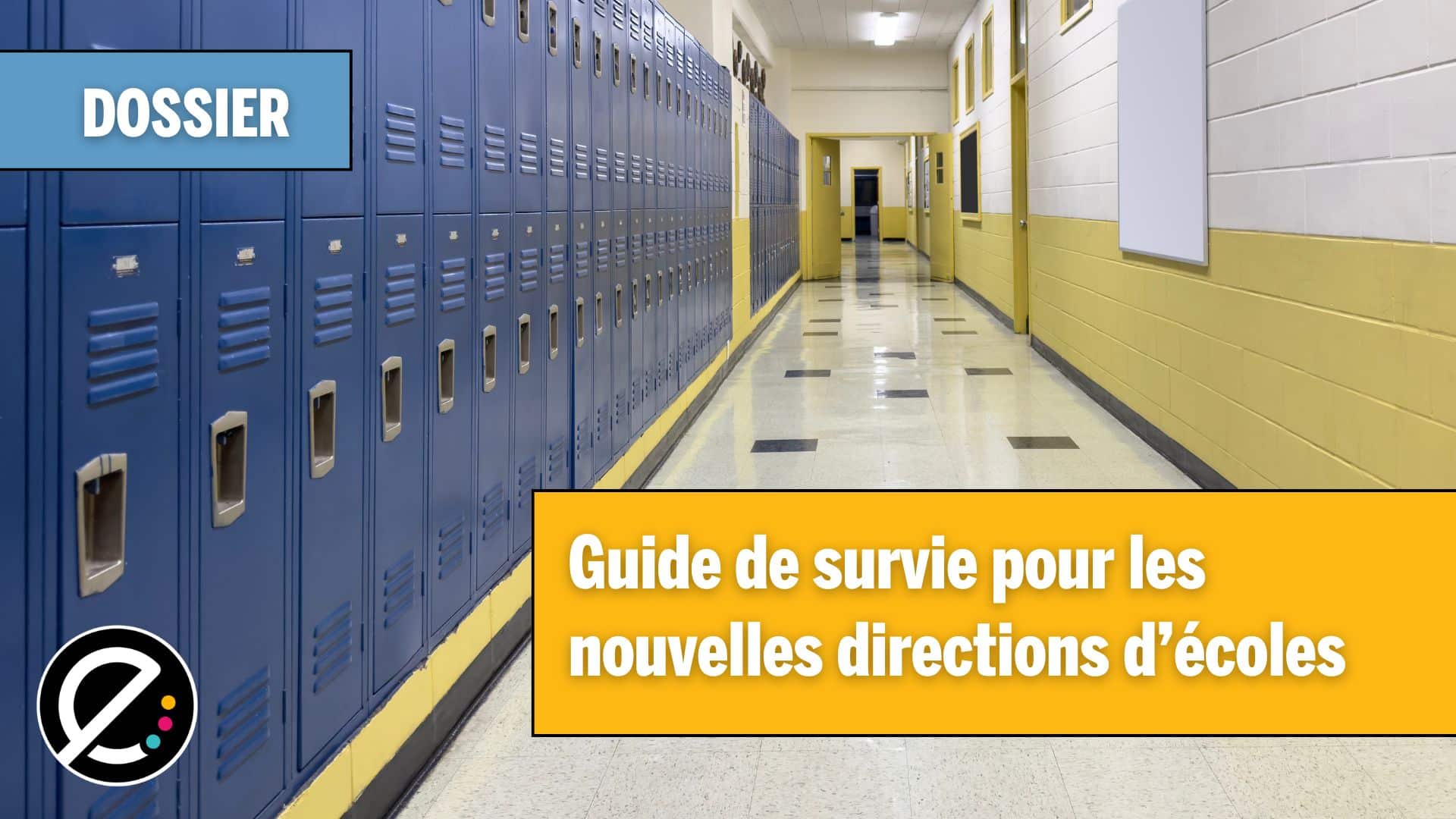Jusqu’au 30 janvier prochain, l’Organisation des Nations Unies pour l’éducation, la science et la culture (UNESCO) vous invite à vous prononcer sur les prochains indicateurs de l’éducation.
Les indicateurs de l’éducation de l’UNESCO sont ceux utilisés par l’organisation pour mesurer les progrès en éducation, vérifier si les cibles de développement ont été atteintes et effectuer des comparaisons entre différentes régions du monde et différents pays. Les indicateurs actuels, valides jusqu’en 2015, arrivent à échéance et de nouveaux ont été développés. Ces derniers entreront en vigueur à compter de 2016.
Après de nombreuses consultations auprès de plusieurs instances du monde de l’éducation provenant de partout autour de la planète, l’Institut de statistique de l’UNESCO invite les individus à se prononcer sur la pertinence des indicateurs retenus pour porter un regard sur l’état de l’éducation.
Les indicateurs élaborés couvrent 10 grands domaines :
- la petite enfance;
- le primaire et le secondaire;
- les habiletés;
- l’équité;
- l’alphabétisme et la numératie;
- la citoyenneté;
- l’environnement scolaire;
- les bourses d’études;
- les enseignants;
- les finances.
Pour chacun d’eux, l’Institut de statistique de l’UNESCO, souhaite savoir si les indicateurs élaborés sont les meilleurs pour mesurer leur état et leur évolution. Il désire aussi connaître si d’autres indicateurs non mentionnés seraient pertinents. Il aimerait également que les participants identifient les deux meilleurs indicateurs pour chacun des grands domaines.
Les personnes intéressées à formuler des commentaires sur les indicateurs de l’éducation de l’UNESCO sont d’abord invitées à consulter le document « Vers des indicateurs pour un cadre de l’éducation après 2015 ». Les directives précises y sont mentionnées. Par la suite, elles sont priées de remplir le document en format Word ou Excel et de le faire parvenir à l’organisation.
Les commentaires seront recueillis et analysés et serviront à élaborer le cadre de référence final, lequel sera présenté en mai prochain lors du Forum mondial sur l’éducation qui se tiendra en Corée du Sud.






